8 kinds of vine flowers suitable for growing on the balcony, suitable plants can be selected in the sun or semishade
Suitable climbing flowers for growing on the balcony:
1. Hoya (semi-shaded, 3-5 hours of light)
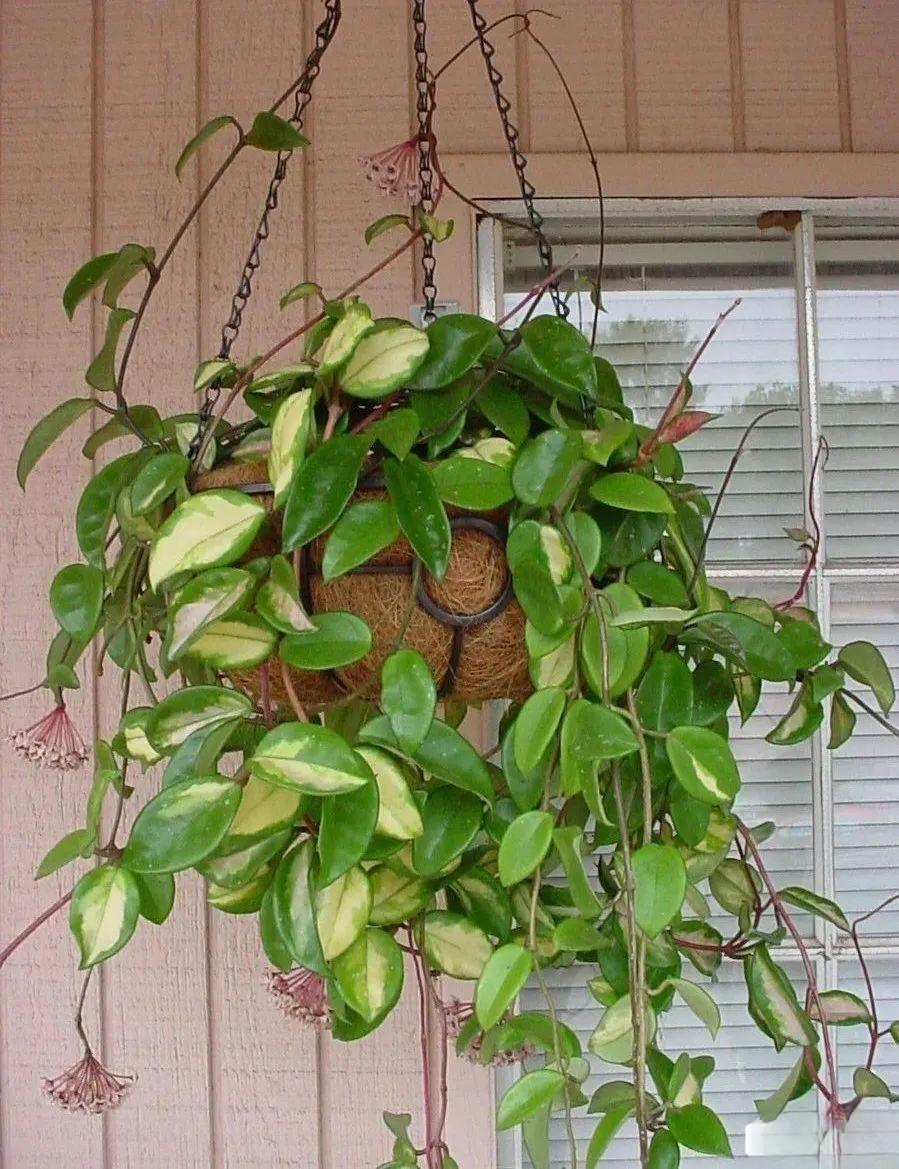
Hoya is definitely the first choice for indoor climbing flowers, because most people's homes do not have sufficient light. For example, the east-facing and south-facing windowsills only have more than 3 hours of soft scattered light a day, which is more suitable for growing Hoya. It can be grown into a climbing plant or a hanging plant.
Hoya itself is a succulent plant with thick and juicy leaves. It has a certain degree of drought resistance, but it likes higher air humidity and is afraid of dry air. It should also avoid excessive exposure to the sun, otherwise the leaves will easily be sunburned. The soil for cultivating Hoya must have good drainage. You can choose some loose and breathable leaf mold with more humus, match it with peat soil, and mix in some bark and perlite.
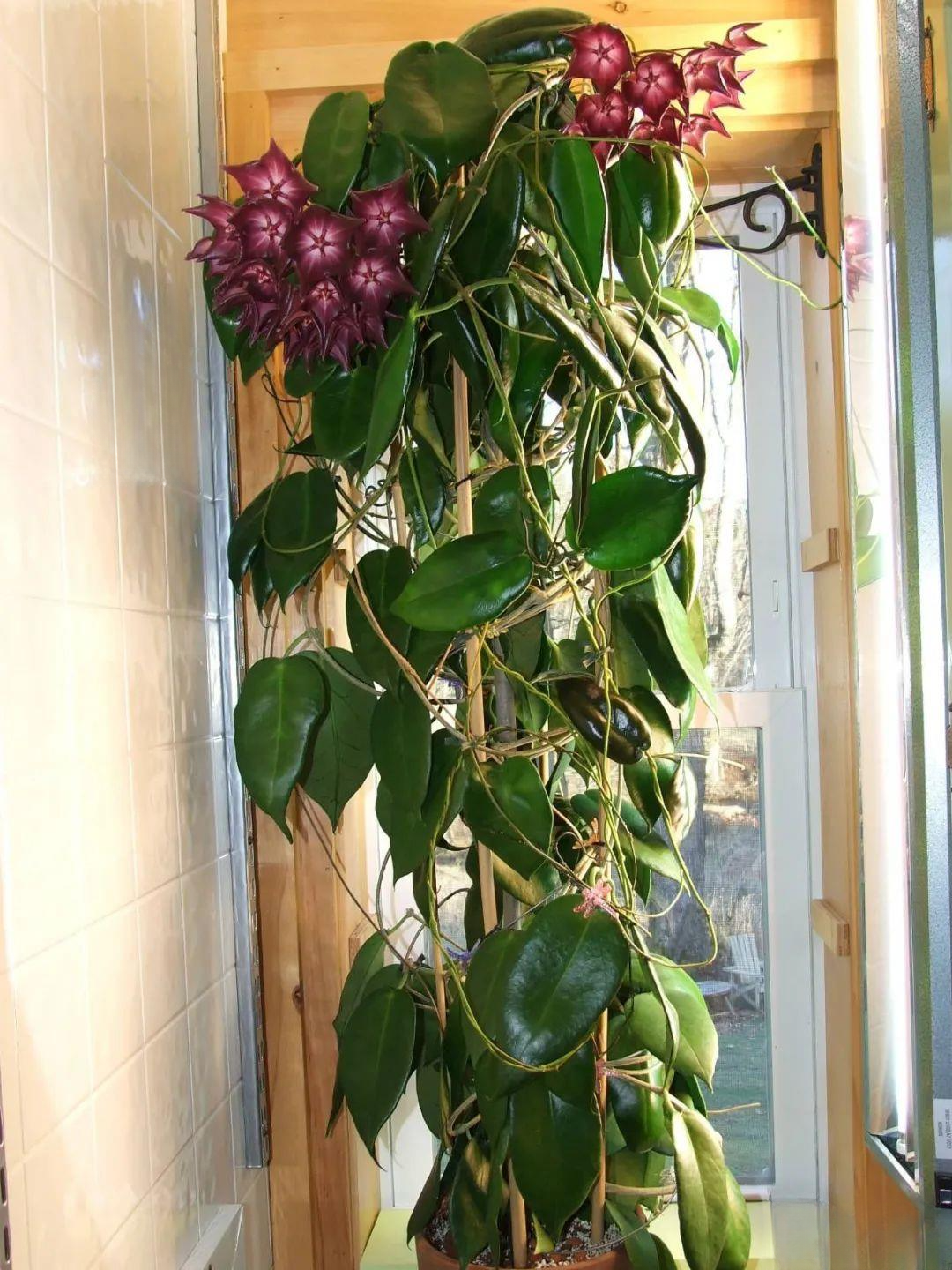
The keys to the flowering of Hoya include: air humidity above 60%, more than 3 hours of scattered light per day, occasional addition of phosphorus and potassium fertilizers in spring and autumn, ventilated environment, and maintenance temperature above 10 degrees.
2. Fragrant vine (full sun or 6-8 hours)
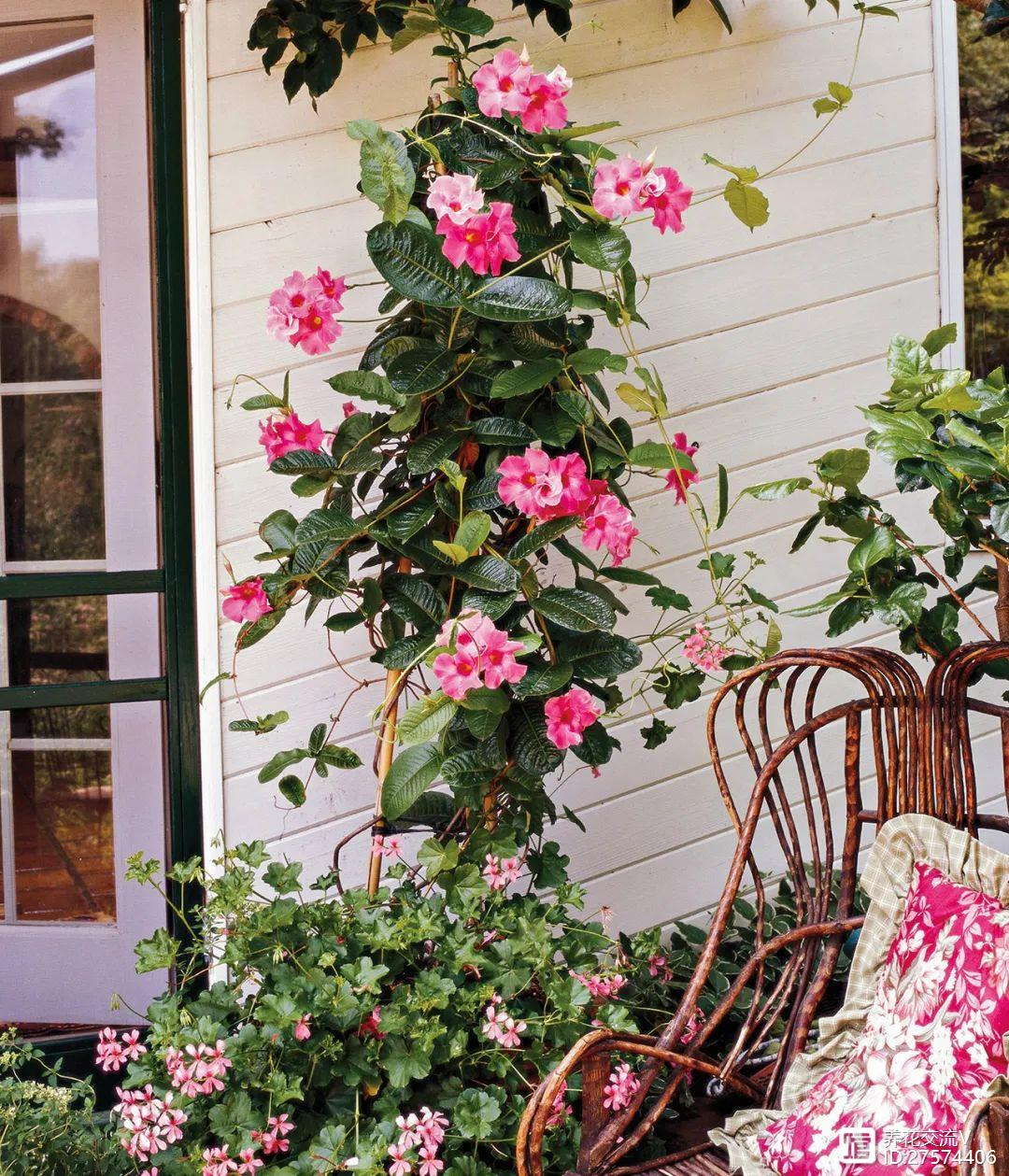
The fragrant vine is a perennial green climbing plant of the Apocynaceae family. Its leaves are oval and very shiny. It can produce funnel-shaped flowers, which are usually pink, red or white. It can bloom frequently in spring, summer and autumn. If the temperature in winter can be maintained above 15 degrees, it can continue to produce flowers.
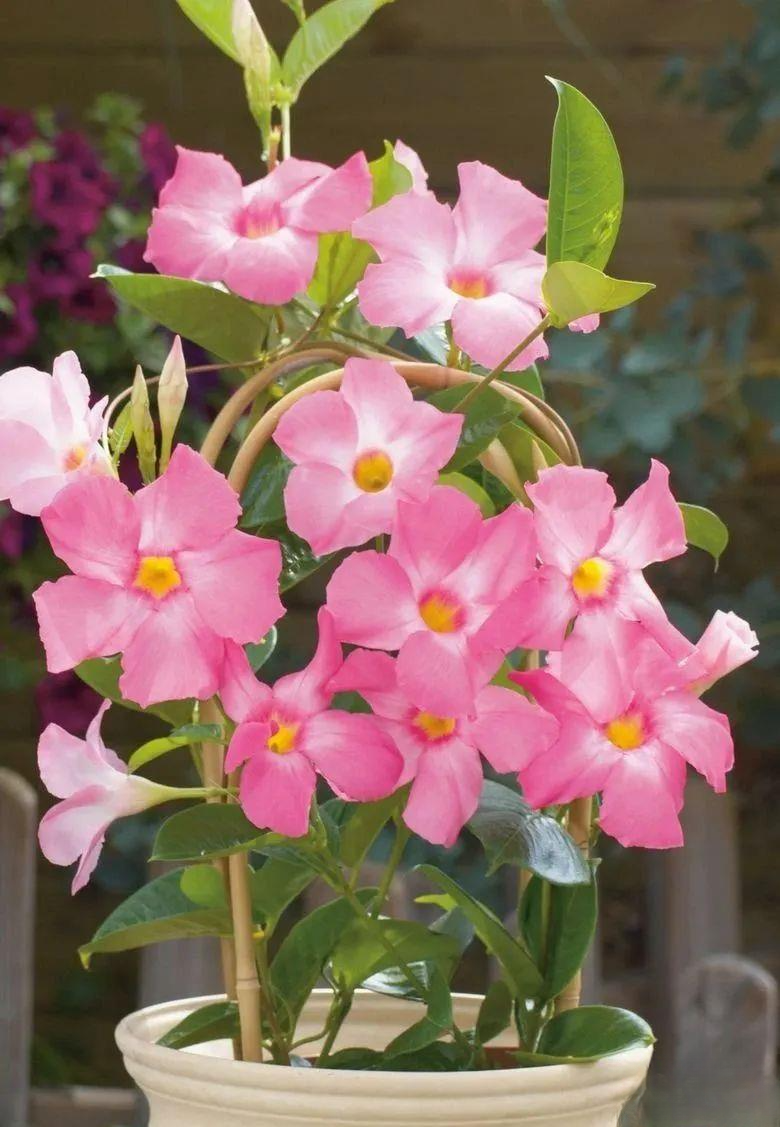
The vine itself is a tropical flowering plant that prefers sufficient sunlight. When growing it on the balcony, it should be placed in a south-facing position. It is best to ensure that it has more than 6 hours of direct sunlight every day, and the environment should maintain a certain amount of air humidity. The soil for cultivating the vine must have good drainage, preferably slightly acidic.
3. Vinca (semi-shaded, more than 3 hours of light)
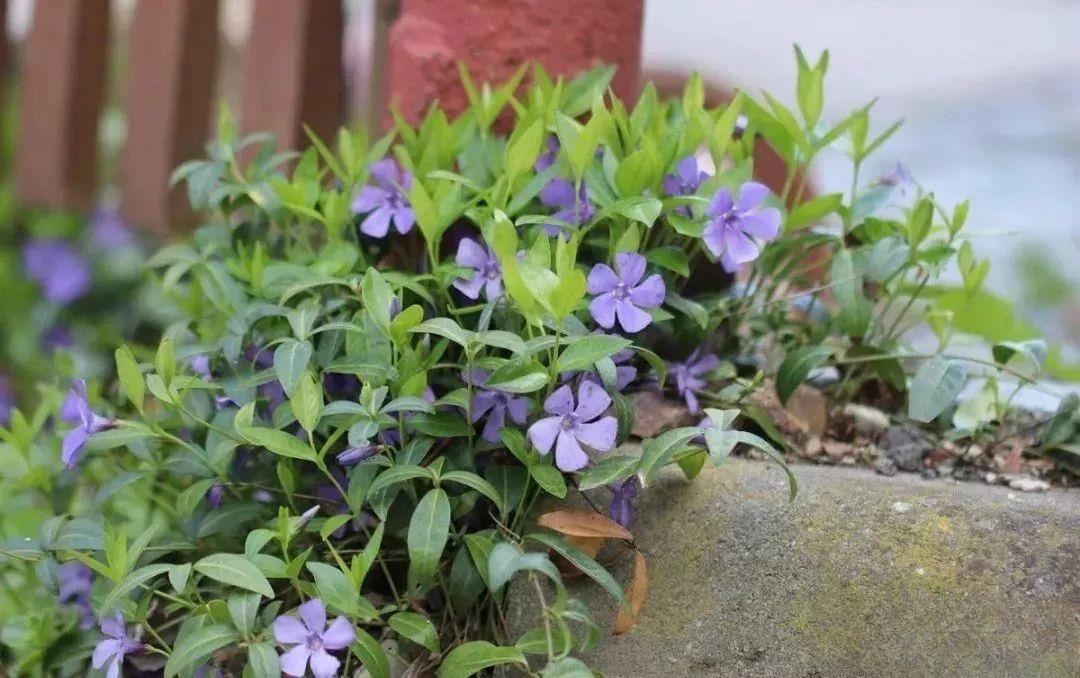
Vinca is not very related to Vinca rosea (a plant of the Apocynaceae family), but is more closely related to Plumeria. The flower and leaf shape of Vinca rosea is slightly similar to that of Vinca rosea, but Vinca creeping plants are more suitable for growing in a cool and humid environment.
In garden landscapes, philadelphica is usually placed under the shade of trees. In fact, we can cultivate it into a climbing plant or a hanging plant, grow it on the windowsill, or hang it in a hanging pot for maintenance.
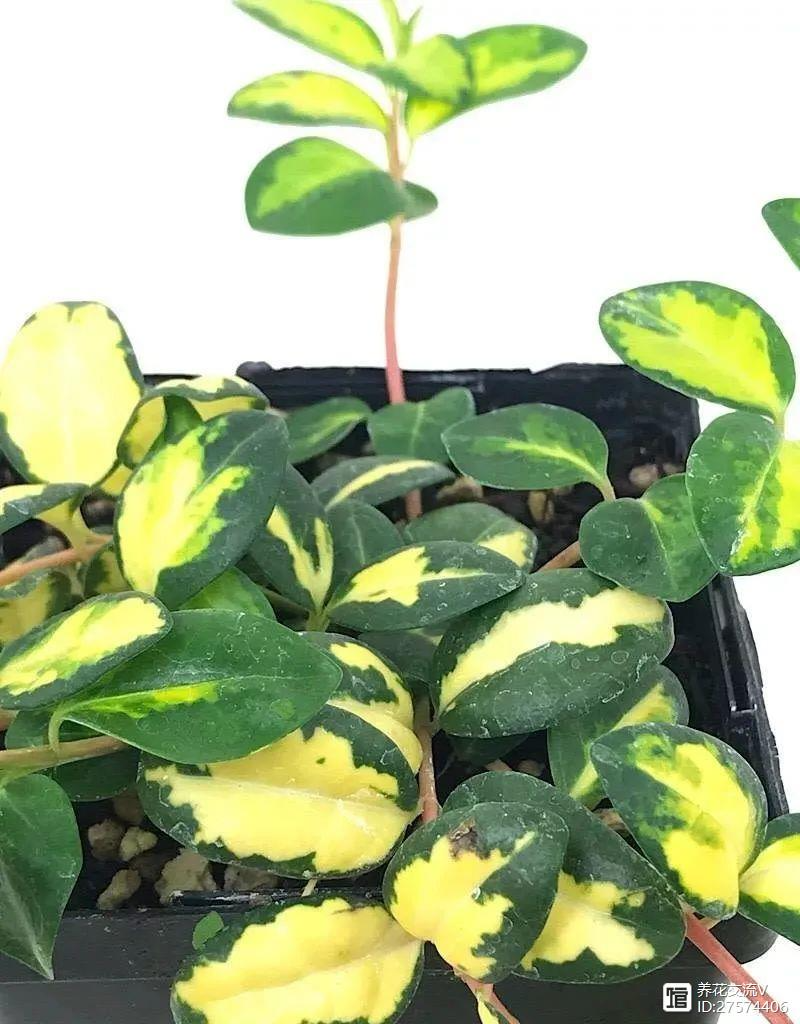
When caring for potted philadelphia, the most feared thing is that the soil is too moist. Normally, it is better to water less rather than more. If the soil in the pot is not completely dry, do not rush to water it, especially in winter when the temperature drops below 15 degrees. Keep the soil dry at all times, and occasionally water it a little to keep it alive. You can resume watering after the spring warms up, and water it thoroughly when the soil is dry.
With proper sunlight every day, the philadelphus can grow better. It can also grow and bloom in semi-shade, but the state is not so good. I prefer the variegated philadelphus, even if it does not bloom, the leaves are still very beautiful.
4. Morning glory (full sun)
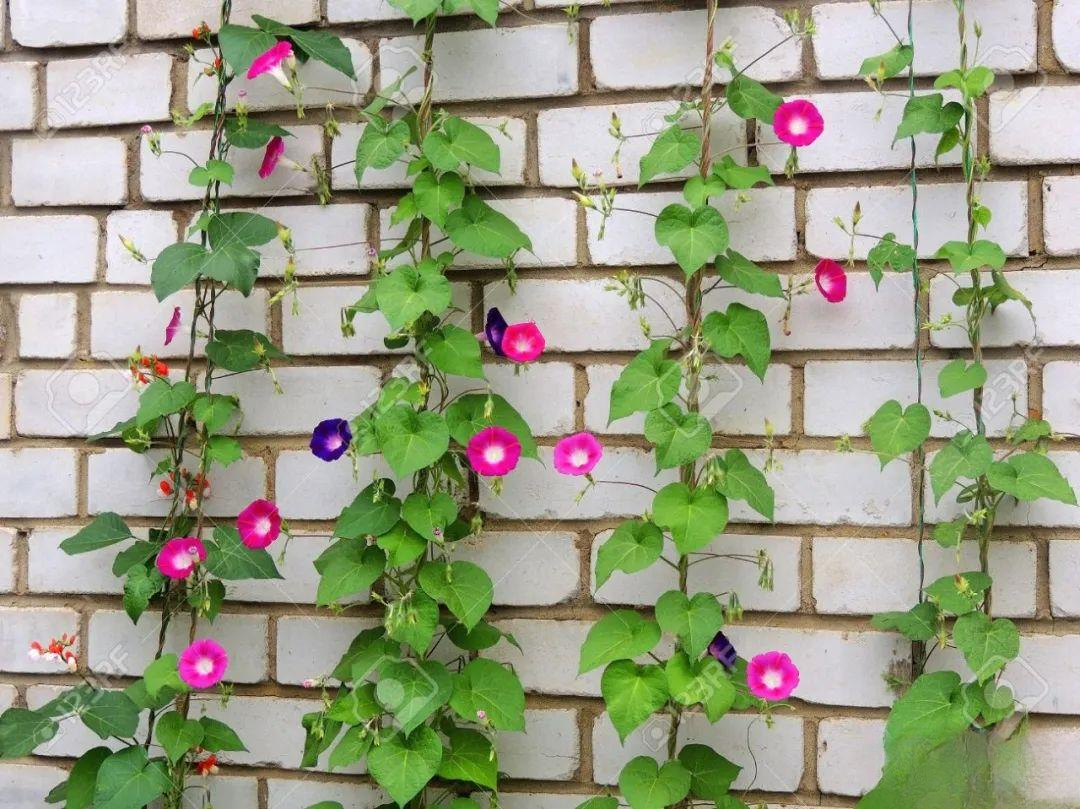
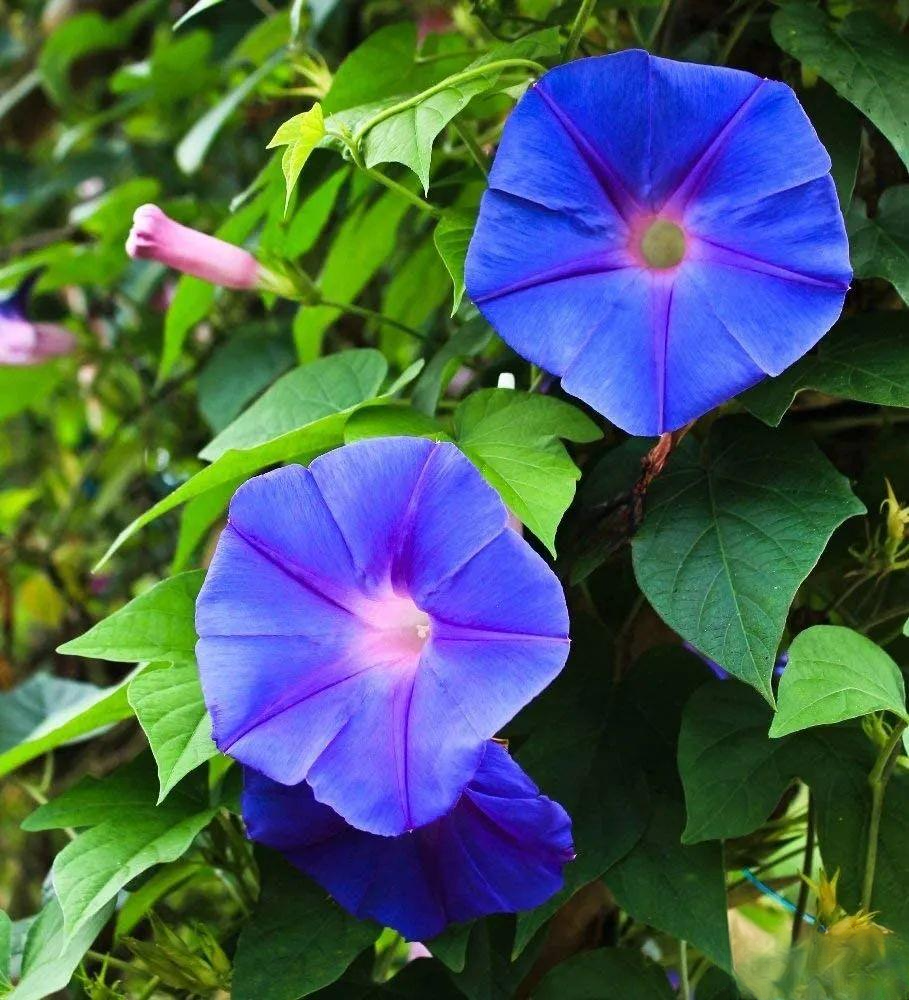
Morning glory is more suitable for cultivation by sowing. As long as the environment is warm, it can be sown and propagated in spring, summer and autumn. Its seeds can be soaked in clean water for 6 to 8 hours, then placed on a moist paper towel, covered with a film, and then keep the potting soil moist. After its seeds sprout white roots, they can be transplanted into the potting soil.
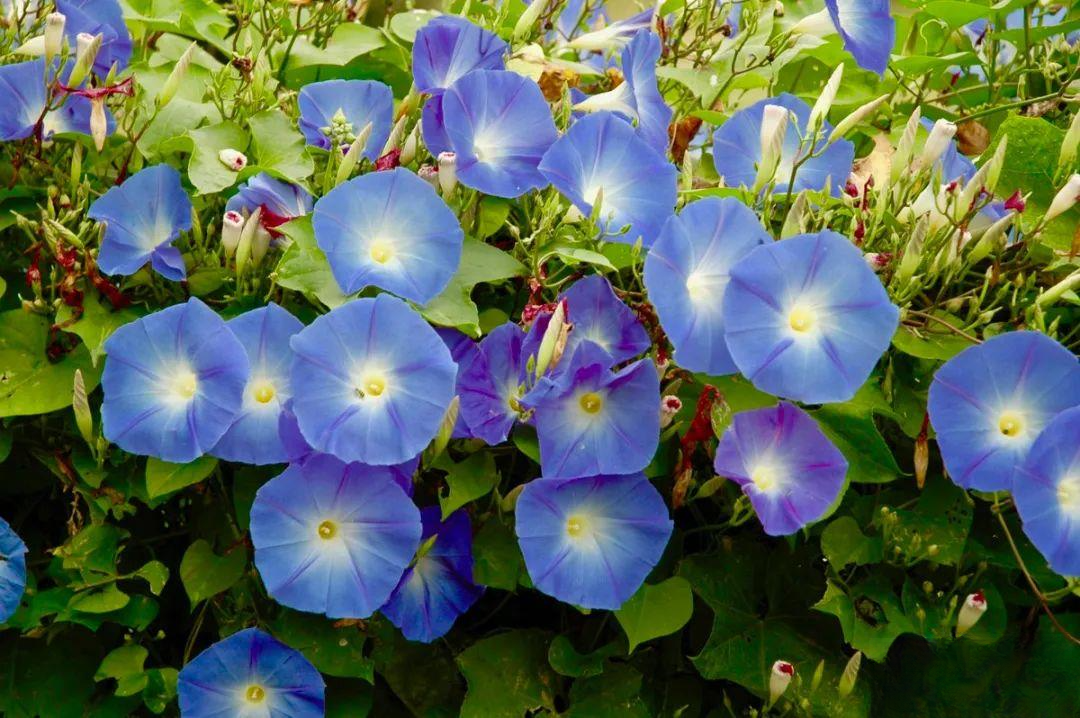
After the morning glory seedlings grow out, they must be exposed to light slowly and the soil in the pot must be kept slightly moist. Be careful and slow when watering. Once it grows more than 4 true leaves, you can transplant it into a larger pot and build a support for it. The morning glory can climb on the support and grow upward.
Morning glory is usually sown in spring, blooms in summer and autumn, and will be frostbitten if the temperature is too low in winter. There are many varieties of morning glory with rich colors. It is a very ornamental climbing plant. It blooms very brilliantly in summer.
5. Venus flytrap (full sun or semi-shade)
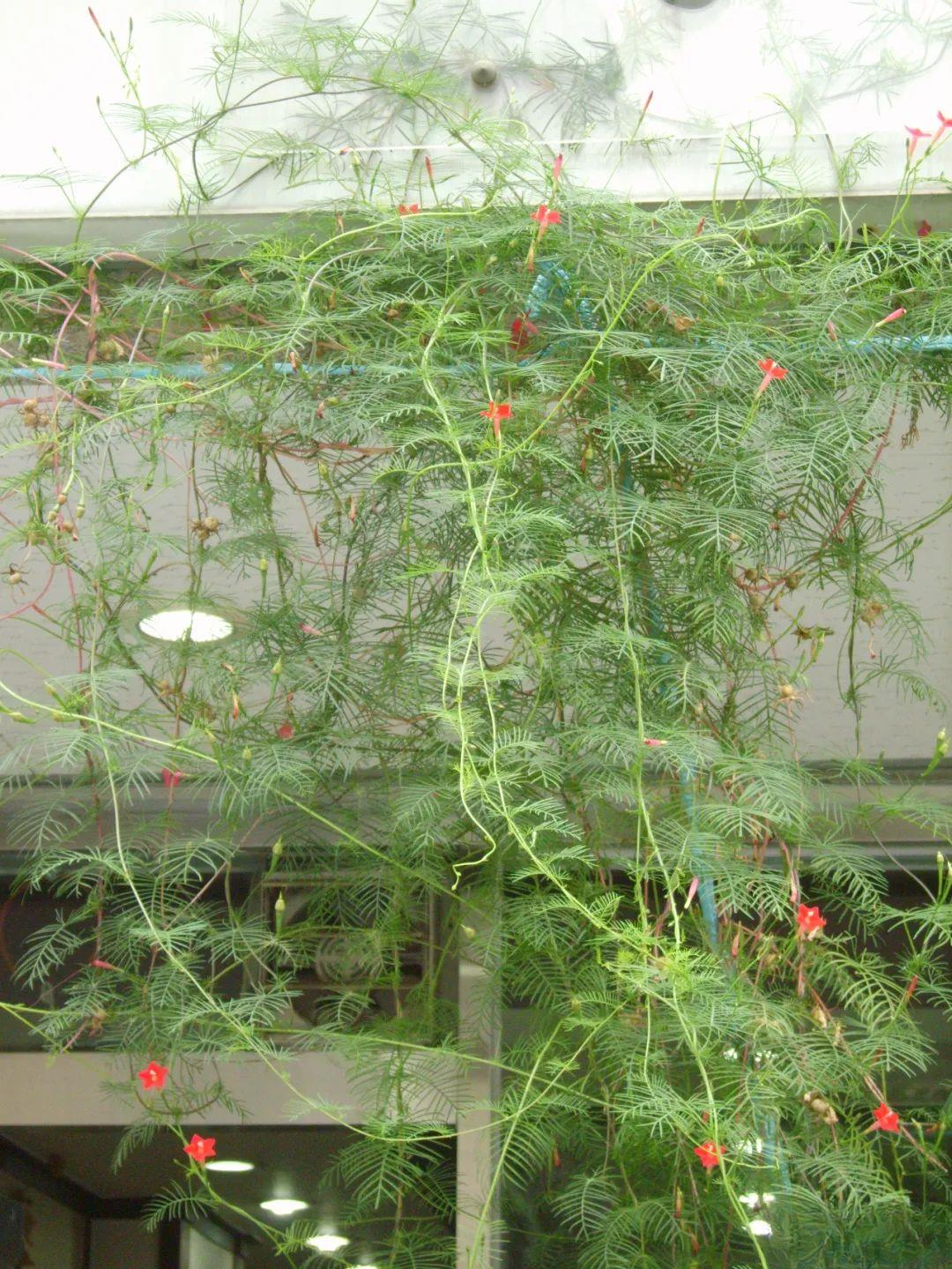
Morning glory is a climbing plant native to Central America. Its flowers are shaped like small five-pointed stars. The color of the flowers is usually pink and can remain green all year round. The leaves have different shapes, some are feathery and some are palm-shaped. Morning glory is cheap to cultivate and can be cultivated by buying some seeds.
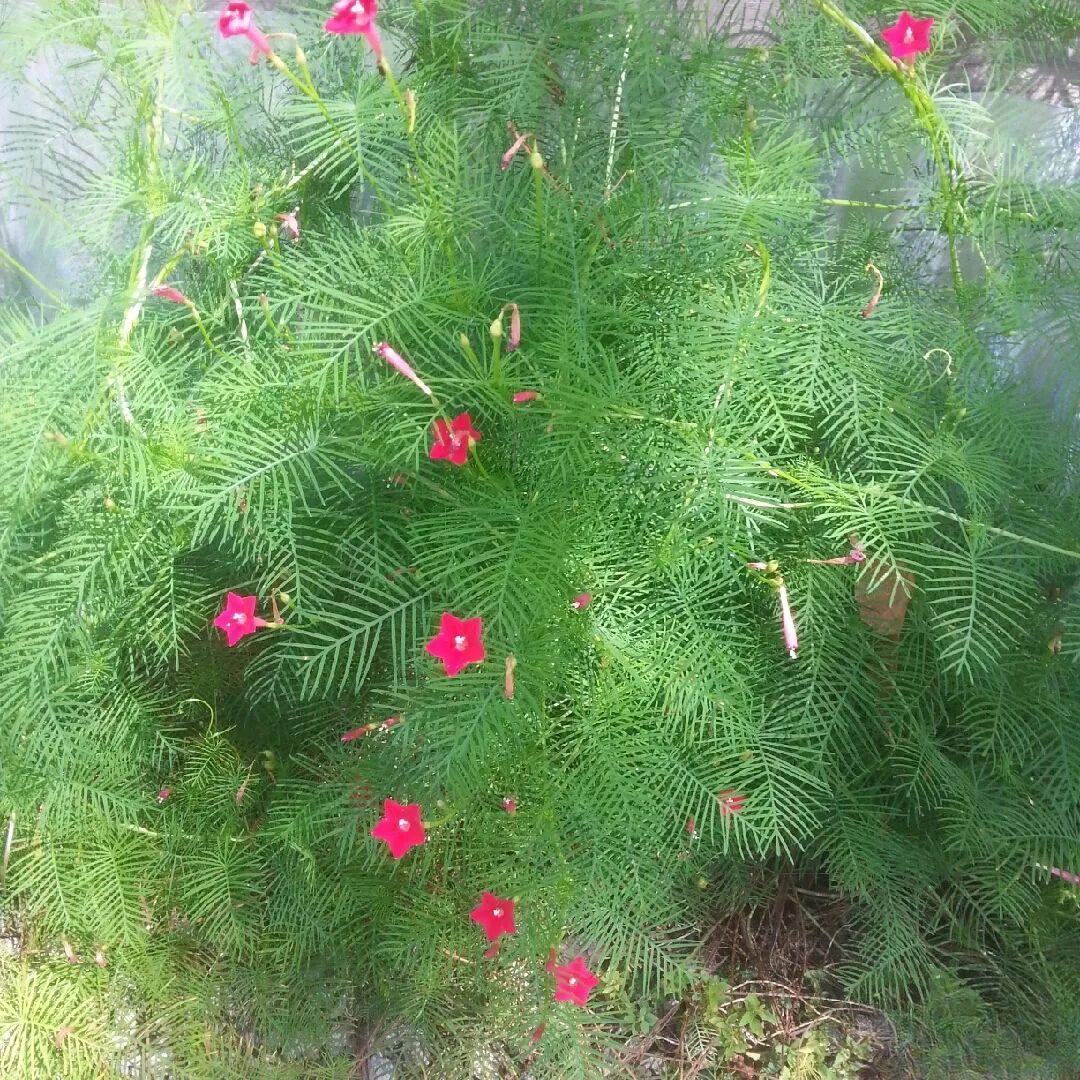
The flowering period of morning glory is from July to October. It is usually sown and cultivated after the spring warms up, starting from March to April. When the seedlings grow to 7 to 9 cm in height, they can be transplanted into larger pots. The soil must be fertile and loose. When growing potted plants, you must pay attention to setting up a support to allow it to climb and grow so that it can bloom more brilliantly.
6. Jasmine multiflora (full sun or more than 6 hours)
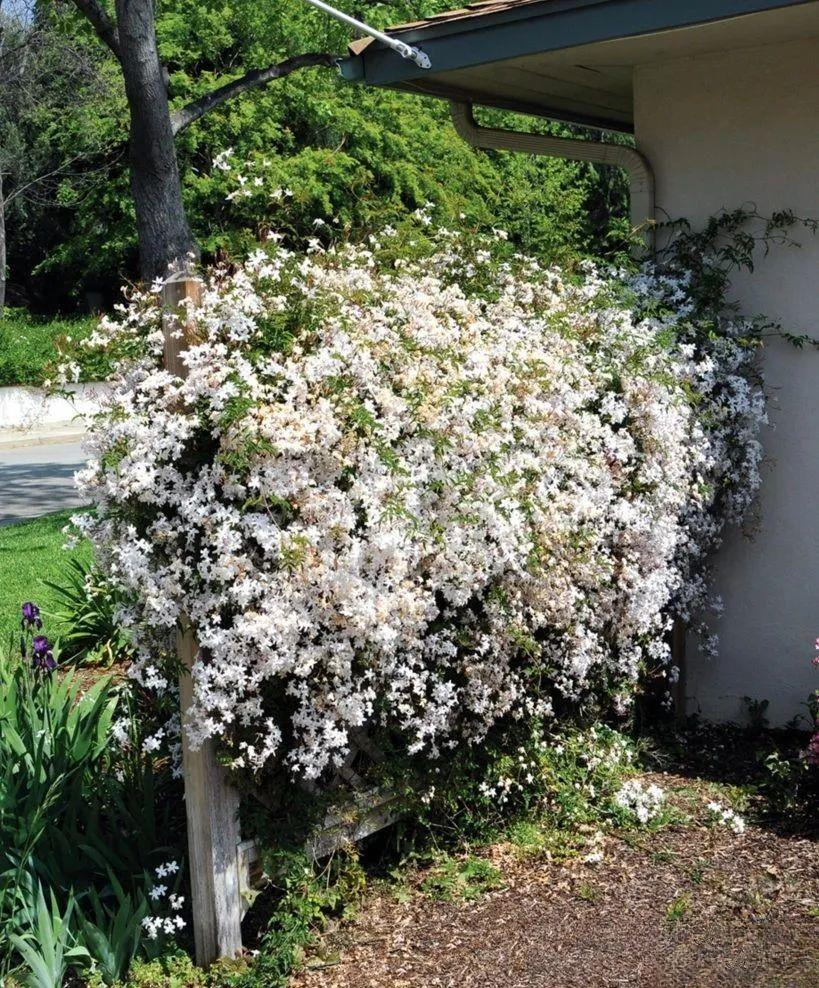
Jasmine is a climbing ornamental plant, which is more suitable for growing in southern regions. It can bloom in winter and spring every year, and its flowers can also be seen in autumn if it is well grown.
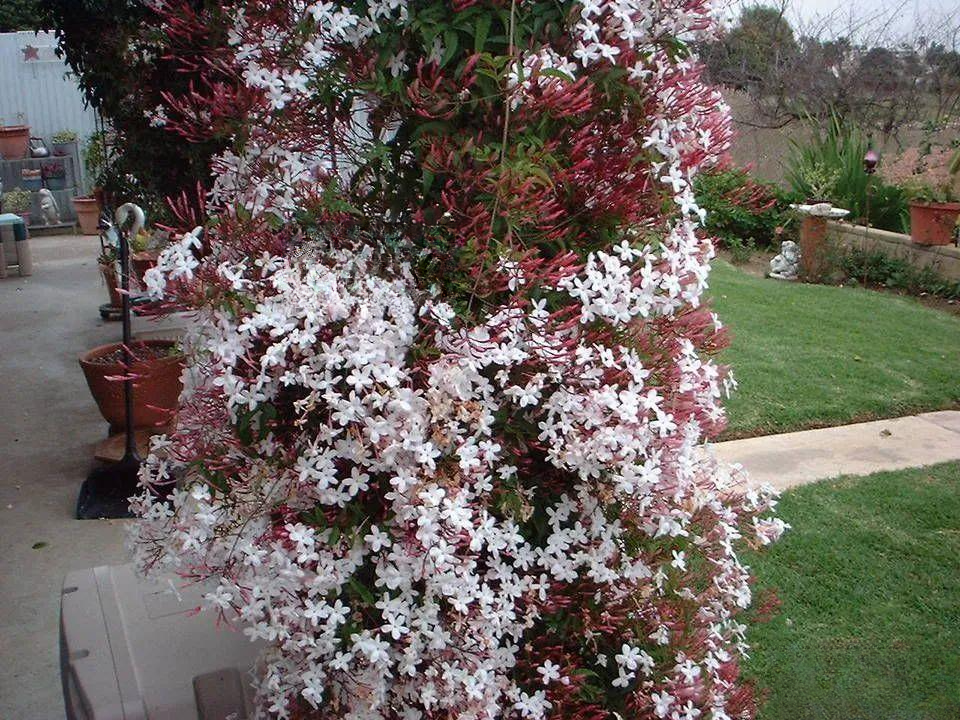
Jasmine is more suitable for growing in warm and humid places. It is necessary to ensure sufficient sunlight and maintain a certain air humidity. The soil for cultivation must be fertile and loose, with good drainage. It is best to choose some slightly acidic soil. In spring, summer and autumn, the soil must be kept moist to avoid excessive dryness. In order to make Jasmine have a longer flowering period, it is basically necessary to add thin fertilizer every other month.
7. Trachelospermum officinale (full sun)
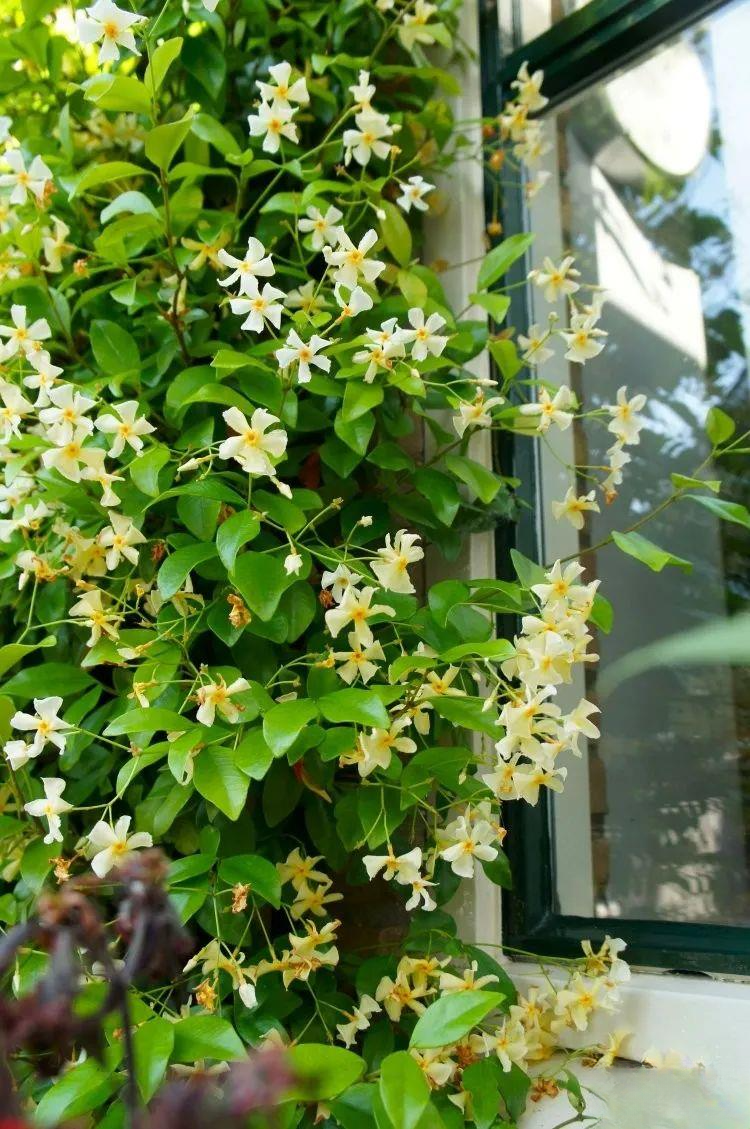
Trachelospermum jasmine is also called "windmill jasmine". The shape of its flower is a bit like a small white windmill. It is a climbing flower that is very suitable for rough cultivation. It prefers a warm and humid environment and can grow in semi-shade. However, if you want more flowers, you must ensure that there is more light.
Trachelospermum jasminoides is not picky about the soil and has good drought resistance, but you must ensure that the soil has good drainage to avoid long-term moisture or waterlogging in the pot soil.
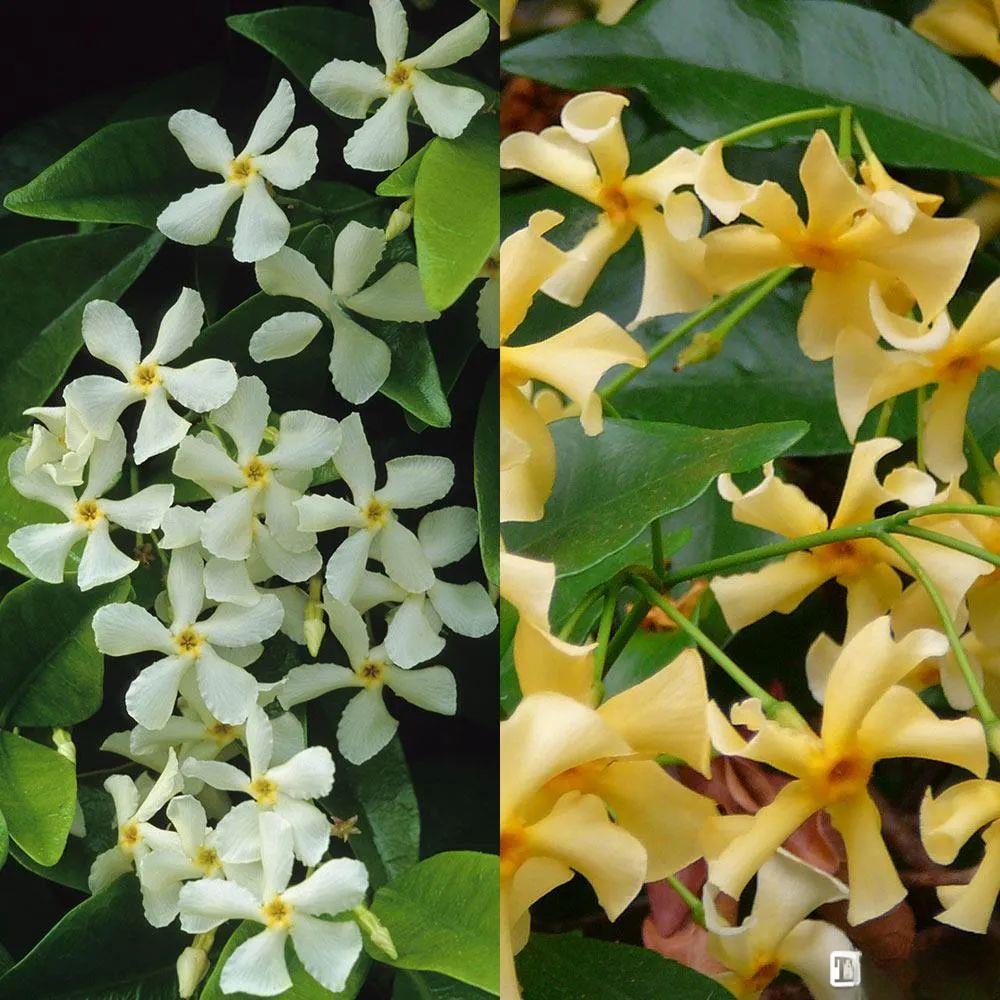
If you want to propagate Trachelospermum jasminoides, you usually use branch cuttings or layering methods to cultivate it. Choose a strong branch and bury it shallowly in the soil. New roots will grow in about 3 to 4 weeks.
8. Campanula (full sun or more than 6 hours)
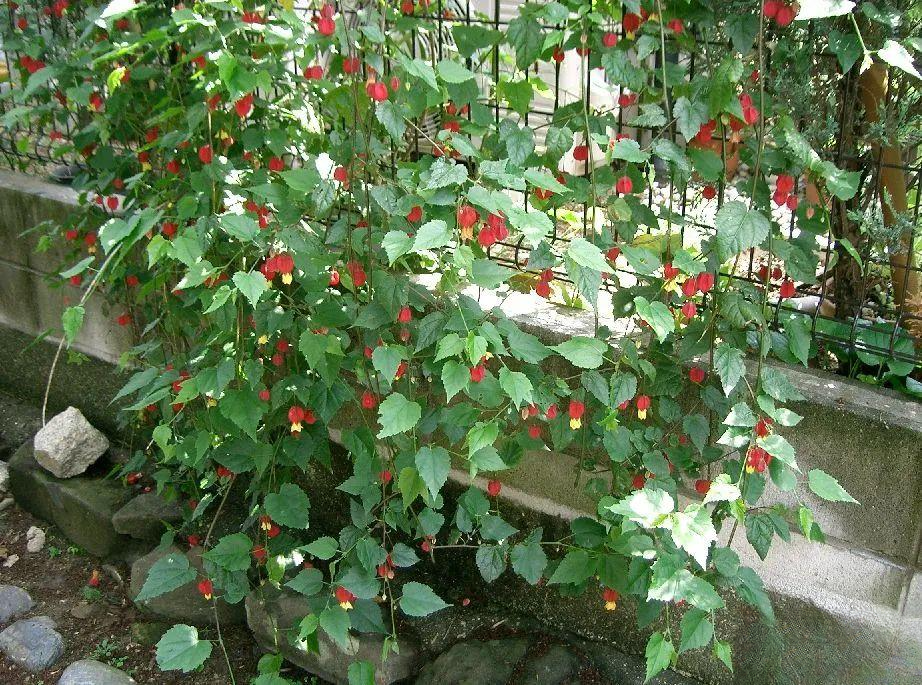
The creeping bellflower is a semi-climbing ornamental plant with creeping branches. When caring for the creeping bellflower in a potted plant, be sure to set up a support to allow it to climb and grow, otherwise it will be difficult to grow well.
The most ornamental part of the climbing bellflower is its flowers. The shape of its flowers is very peculiar, and they look like small wind chimes or small lanterns. Some people also call them "lantern wind chimes."
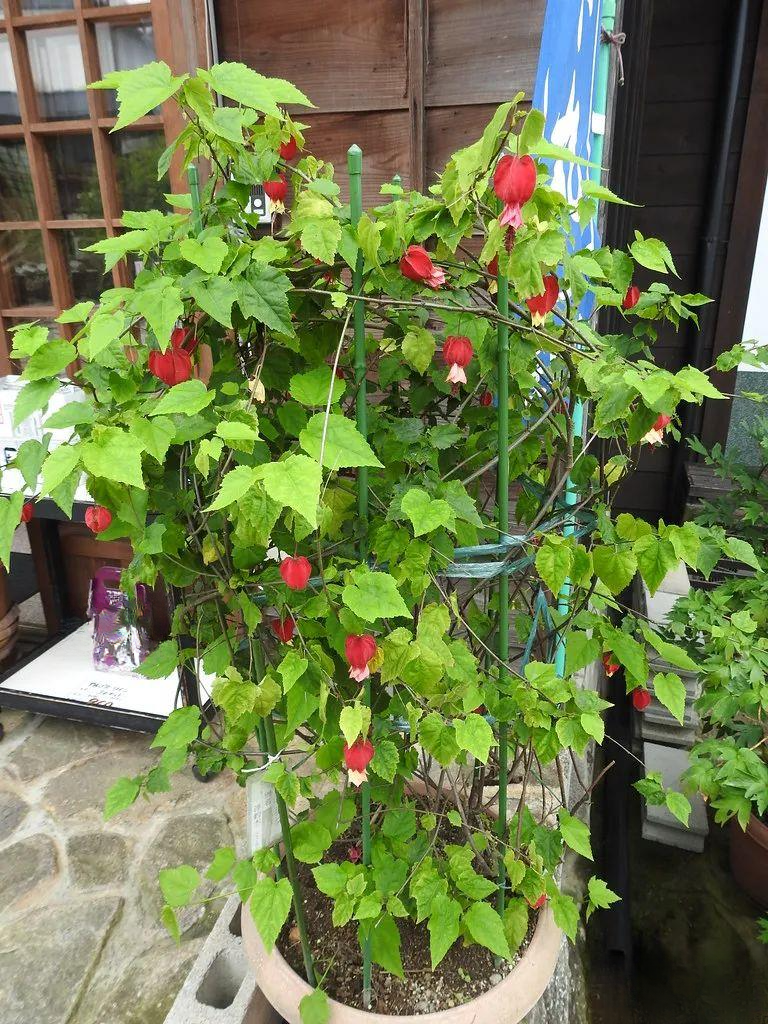
If you want the creeping bellflower to bloom better, you must ensure that there is about 3 to 4 hours of direct sunlight every day. It is best to plant it on a south-facing balcony. In addition, the temperature must be above 15 degrees to achieve good flowering. The minimum temperature needs to be maintained above 8 degrees. The soil should always be kept moist. When the air is dry, you should spray water on the leaves. Of course, there should not be much residual water on the leaves. In spring, summer and autumn, add thin fertilizer every two or three weeks.